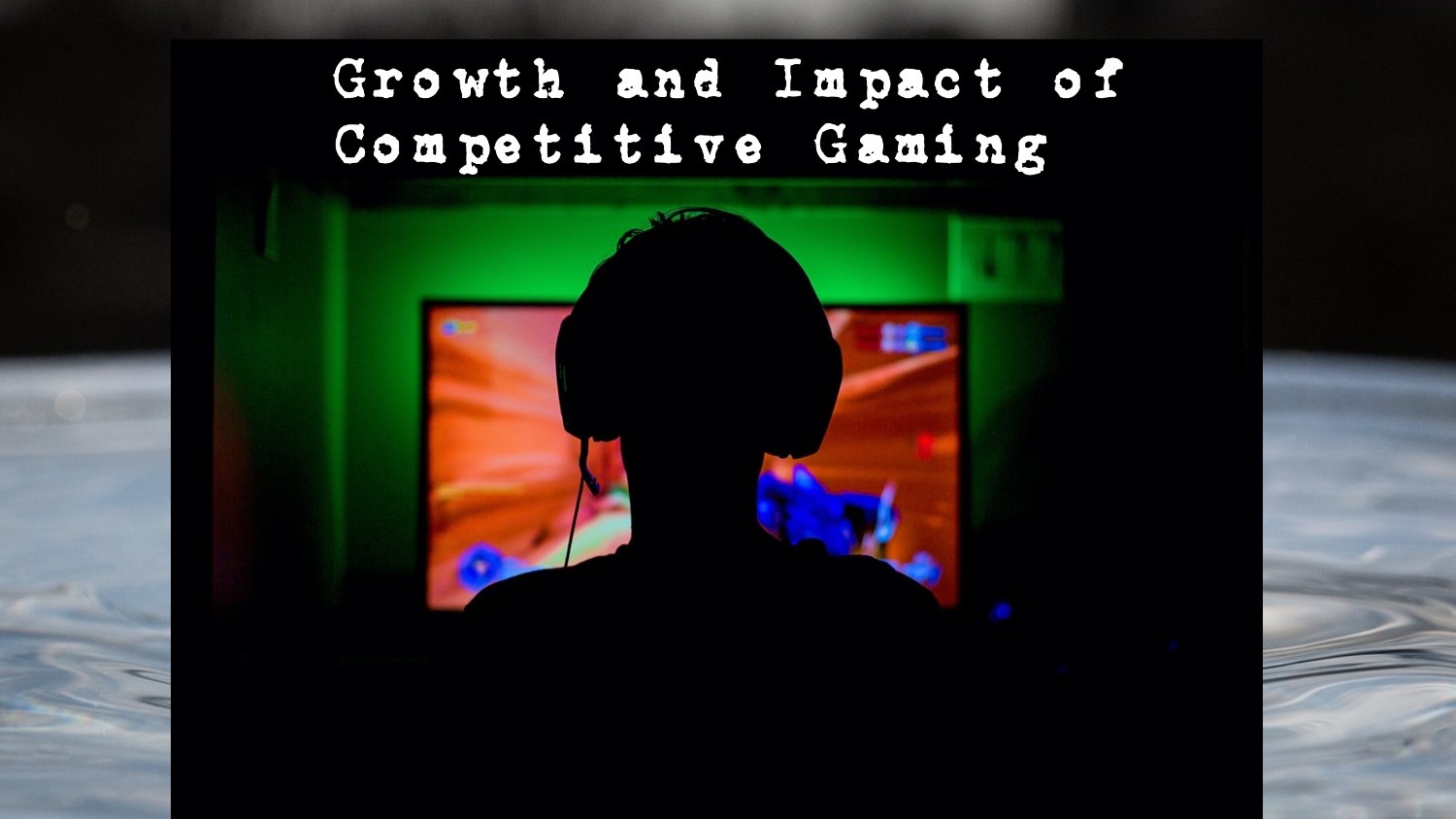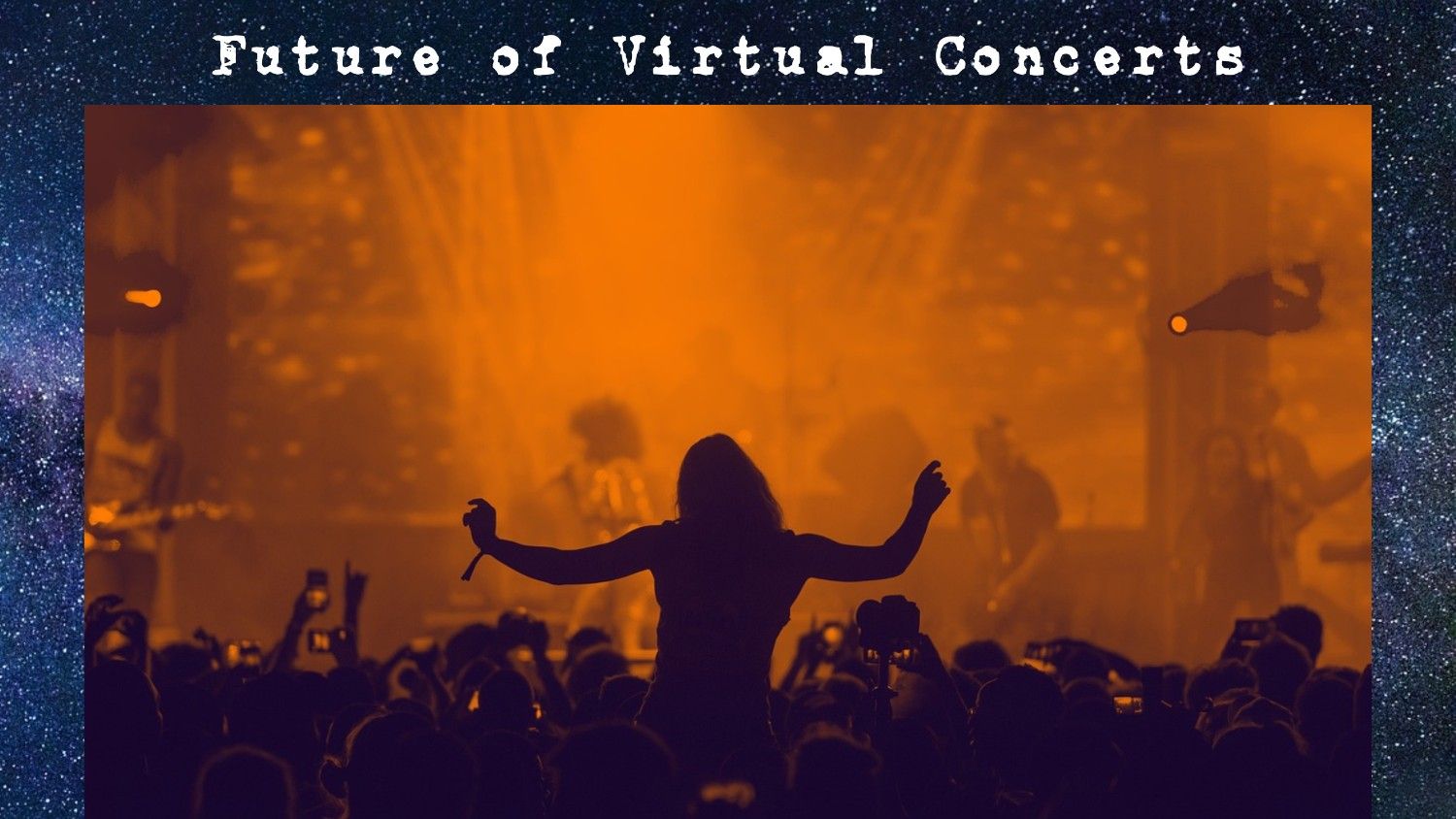Introduction

Gen Z, the first true generation of digital natives, learns differently. Raised amidst smartphones, apps, and online resources, Gen Z has learned to heavily depend on technology for learning. With the endless notifications and distractions, though, staying focused can be a problem. Let’s see how Gen Z can use technology well to enhance focus and productivity.
The Role of Technology in Gen Z’s Learning
How Gen Z Learns Differently
Gen Z thrives in a digital-first environment. From watching tutorials on YouTube to collaborating on Google Docs, they’ve revolutionized traditional study methods. Technology offers them instant access to information and interactive tools that cater to various learning styles.
Opportunities and Distractions in Tech
While technology offers immense resources, it is also one of the biggest distractions. Gaming applications and countless notifications can sway even the most disciplined students. The trick is to use technology strategically to maximize focus.
Good Tech-Based Learning Strategies
Using Productivity Applications
Apps such as Todoist and Notion help Gen Z stay on top of their tasks. Students can remind themselves of tasks, create checklists, and break down large assignments into smaller pieces, which helps them keep track of their responsibilities.
Digital Note-Taking
No more paper notebooks. Evernote and OneNote help students store and search for their notes easily. This is especially helpful in tracking large amounts of information.
Active Learning with EdTech Platforms
Interactive apps like Quizlet and Duolingo make learning fun through gamification. Flashcards, quizzes, and progress tracking keep students engaged while reinforcing concepts.
Time Management Tools
The Pomodoro Technique, supported by apps like Focus Booster, helps students maintain concentration by dividing study sessions into intervals. Scheduling study blocks on Google Calendar ensures a balanced routine.
Managing Focus with Technology
Blocking Distractions
Apps like Forest encourage focus by gamifying the process—students “grow” a virtual tree by staying off their phones. Tools like Freedom block distracting websites and apps during study sessions.
Creating a Study-Friendly Environment
Noise-cancelling headphones and ambient sound apps like Noisli help minimize distractions, creating an ideal environment for studying.
Leveraging AI for Personalized Learning
AI-powered platforms learn to know their individual students’ learning patterns and offer recommendations. They make learning efficient through the practice exercises or video lessons.
Offline Strategies to Supplement Technology
Technology and Traditional Combinations
Digital and traditional combinations may improve retention in students. For instance, taking hand-written notes boosts memory and supplements digital media.
Mindfulness Practice Improves Concentration
Mindfulness apps like Headspace paired with regular breaks can improve mental clarity. Stepping away from screens periodically reduces fatigue and refreshes the mind.
Physical Well-being and Focus
Staying active, hydrated, and well-rested directly impacts focus. Regular exercise and a consistent sleep schedule are essential for sustained concentration.
Benefits of Tech-Assisted Learning
Accessibility and Convenience
Technology enables learning anytime, anywhere. Online courses and tutorials allow students to study at their own pace, accommodating diverse schedules.
More Efficient Collaboration
Slack and Google Meet tools for collaboration make group projects smooth. Students can connect and brainstorm remotely.
Immediate Feedback and Assessment
AI-based tools indicate areas for improvement instantly. This will help students to focus on weak points and track their progress effectively.
Drawbacks of Tech-Based Learning
Screen Fatigue
Prolonged screen time causes eye strain and fatigue. Students can avoid this by using the 20-20-20 rule: every 20 minutes, look at something 20 feet away for 20 seconds.
Over-Reliance on Technology
Though technology is helpful, students should not rely too much on it because they will miss out on developing their critical thinking and problem-solving skills through traditional methods.
Data Privacy Concerns
Apps usually require personal information. To avoid data breaches, students should ensure strong passwords and read privacy policies.
The Future of Study Techniques for Gen Z
The Emergence of Virtual Reality in Learning
Virtual reality (VR) tools are making learning immersive. Imagine exploring the solar system or conducting virtual lab experiments—all from your room!
Evolution of AI in Learning
AI is going to redefine education with adaptive tools that cater to individual needs, ensuring every student receives a personalized learning experience.
Conclusion
Technology is part of the learning process for Gen Z, equipping it with tools to assist in issues of focus and productivity. Students can overcome distractions by using technology smartly and balancing it with other offline methods. With AI and VR, the future of learning looks brighter than ever.








